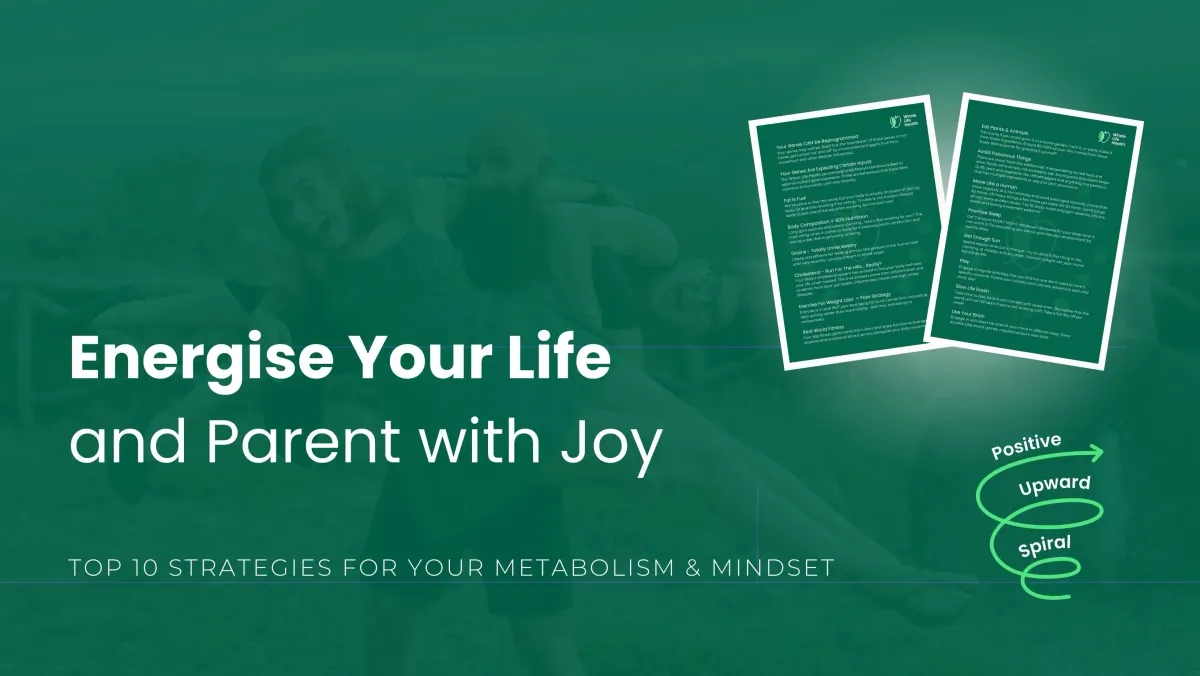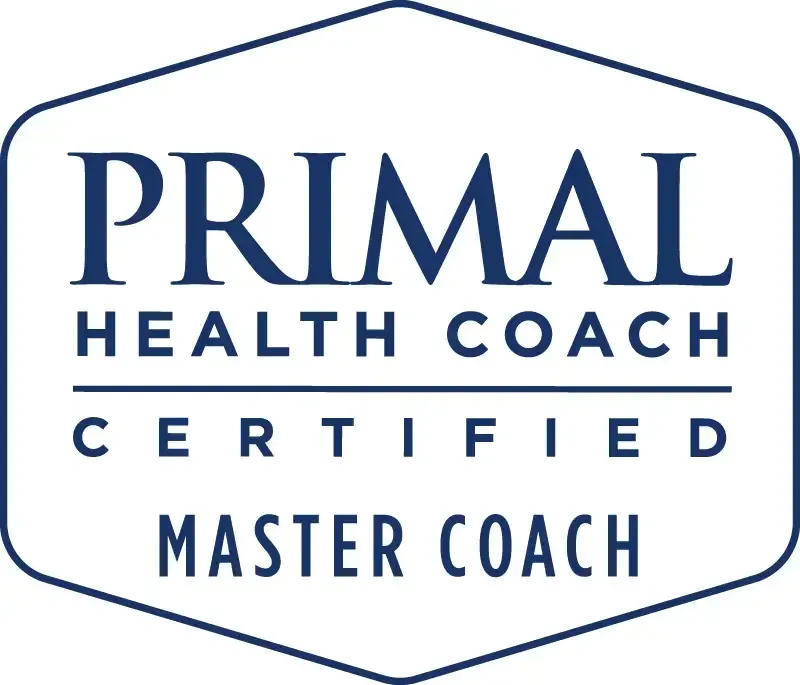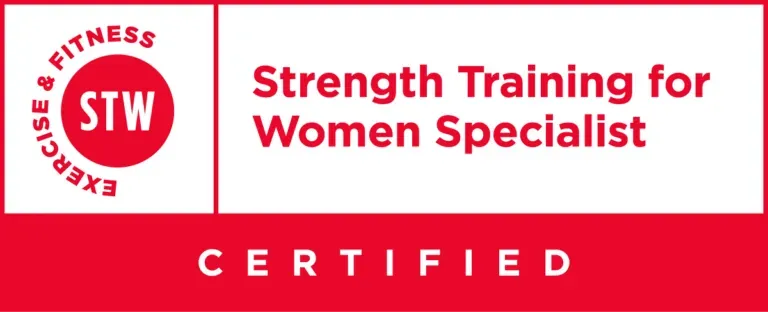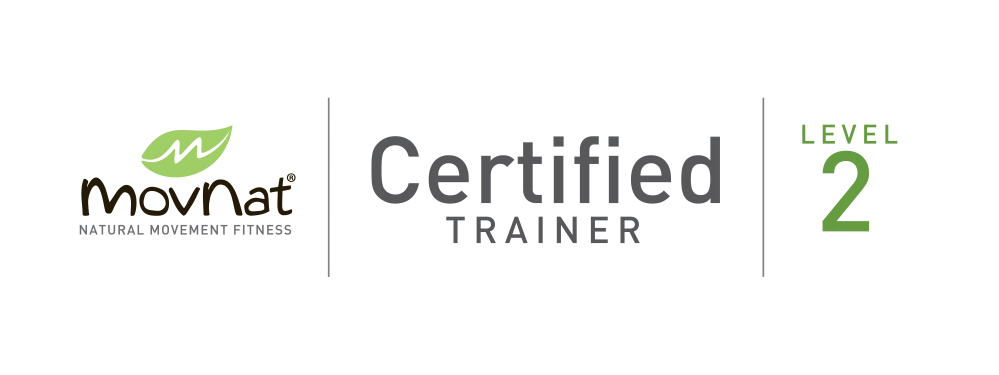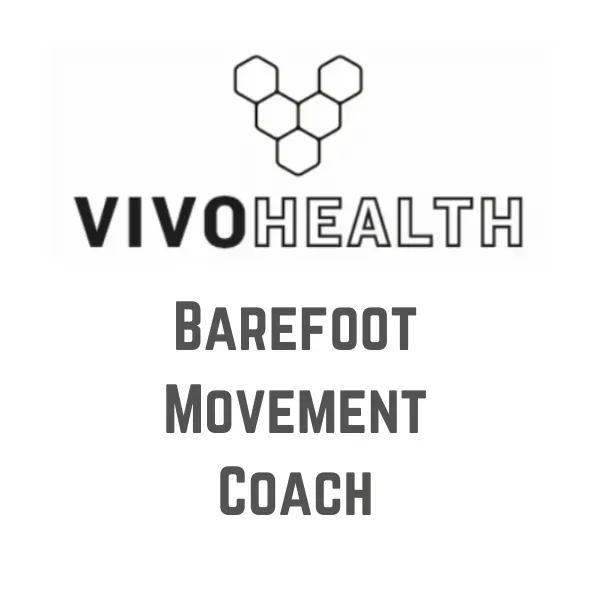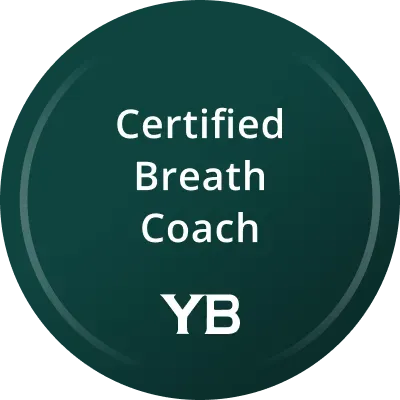
How to Train Your Aerobic System (Without Burning Out or Breaking Down)
Let’s Talk About Your Engine
Ever feel like you're “doing the right thing” with fitness—going for runs, smashing workouts, following the plan—and still feel knackered, foggy, or stuck? Like your body’s not quite responding how it should?
That’s probably because you're training the wrong engine.
Most people train their high-intensity engine—sugar-fuelled, quick-burning, and stress-heavy. But the real magic for longevity, fat metabolism, and steady energy comes from your aerobic engine. That’s your fat-burning, low-stress, all-day motor. And for many of us, it's undertrained and overrun by cortisol-driven chaos.
The 180-Age Formula: A Simpler Way to Train Smarter
Phil Maffetone’s 180 minus Age Formula is beautifully simple:
180 – your age = your max aerobic heart rate.
This isn’t about pushing limits. It’s about training your body to prefer fat over sugar, to recover faster, and to feel better doing it.
So, if you’re 40, your max aerobic training heart rate is 140 bpm. Stay below that, and you're building the metabolic engine that supports everything else—strength, speed, hormone health, sleep, recovery.
Because it’s an estimate, it’s not 100% perfect for everyone—but it’s remarkably close for most. You can fine-tune it using a few simple modifications based on your current health and training history:
Subtract 10 beats if you're recovering from illness or injury, on regular medication, or dealing with chronic overtraining symptoms (like fatigue, poor sleep, or elevated resting heart rate).
Subtract 5 beats if your training has been inconsistent, you get sick more than a couple of times a year, you’ve got seasonal allergies, asthma, or you’re currently carrying excess weight.
Stick with the basic formula if you’ve been exercising regularly for up to two years without any major issues.
Add 5 beats if you’ve been training consistently for over two years, free from injuries or illnesses, and feel like you’re still progressing steadily.
This gives you a more personalised max aerobic heart rate—aligned not just with your age, but with your current state of health. That matters. You’re training your metabolism, not your ego.
If you can, get yourself a heart rate monitor - this is a cheap and effective tool to keep you honestly aerobic. Can't manage that? Keep your exercise at the level where you can maintain nasal breathing, or a conversation using full sentences.
Why Most People Skip This (And Why You Shouldn’t)
Most gym culture rewards sweat, effort, and grind. But that leads many people straight into chronic cardio mode—working a little too hard, a little too often. The result? Burnout. Injury. Hormonal disregulation. And weirdly… slower long-term progress.
Aerobic training feels easy—and that’s the point. If you’re gasping for air, you’ve left the fat-burning zone. If you can breathe through your nose and hold a conversation? You’re doing it right.
Sprinting and Lifting: The Other Half of the Puzzle
Now, don’t get me wrong—high-intensity training still has its place. Short, sharp bursts of effort like sprinting or lifting heavy things once or twice a week are ancestral gold. These sessions stimulate growth hormone, build lean mass, and keep you agile and powerful as you age. But they only deliver top results if your aerobic base is solid underneath. That’s what helps you recover, resist injury, and stay hormonally balanced.
So think of it like this: train easy most of the time, lift or sprint occasionally, and enjoy the long-term results your genes were built for.
What the Research Says (and Why It Works)
The Maffetone Method has solid scientific backing. Training at a lower heart rate boosts fat metabolism and long-range endurance by helping your body favour fat over glucose as a fuel source¹. This also reduces wear and tear on your joints, lowering your injury risk and supporting recovery².
On the cardiovascular front, this kind of training can reduce blood pressure and resting heart rate—two important markers of heart health³. Emotionally, it’s been shown to lower stress reactivity and improve emotional regulation⁴. And perhaps most important of all, it works at any age—even older adults or those recovering from illness show improvements in aerobic capacity with low-intensity training⁵.
It’s not flashy. But it’s powerful.
How Busy Parents Can Train Like Humans Again
You don’t need extra hours in the week to train this way—you just need a shift in how you think about movement:
Walk school drop-off if you can. Push the buggy a bit further. Take the long way home. Add a backpack with and extra few kgs. That’s aerobic gold.
Do family park adventures on the weekend: climb, crawl, wrestle, walk, play. Your kids are natural movers—follow their lead.
Take movement breaks instead of screen scrolls. Two laps around the house barefoot while dinner’s in the oven is more effective than it sounds.
Use nose-breathing as your guide. Whether you’re out with the dog or lugging a rucksack through soft ground, keep it calm, keep it primal.
Aerobic training doesn't need to be a separate “session” in a busy life—it’s a thread you can weave through your day. Your ancestors didn’t “go for a workout” — they just moved, often and lightly.
Stack Your Wins: More Ways to Build Aerobic Health Naturally
Want to make it stick? Consider stacking in these supportive strategies:
Mindfulness and Breathwork: Build lung capacity and calm the nervous system by weaving breathwork into movement.
Whole Food Nutrition: Fat-burning requires fat access. Cut the processed carbs and nourish with nutrient-dense animal and plant foods.
Community Support: Join the TRIBE or move with mates. Support, encouragement, and banter go a long way.
Work Smarter, Recover Faster, Burn Cleaner
This kind of training isn’t just for endurance athletes. It’s how we’re designed to move—daily, lightly, often. It builds a body that feels strong and alert rather than depleted and fried.
Want help weaving this into your routine? You’re already in the right place. Book A Call to find out how we can help you weave optimal health and fitness into your life.
References
¹ Maffetone, P. (1999). Increased Fat Burning and Endurance.
² Maffetone, P. (2010). Reduced Injury Risk and Overtraining.
³ Tulppo et al. (2003), Alzahrani et al. (2023). Improved Heart Health and Blood Pressure.
⁴ Holmes & McGilley (1987). Better Stress Resilience.
⁵ Sugawara et al. (2004), Demopoulos et al. (1995). Support for Older or Deconditioned Individuals.


